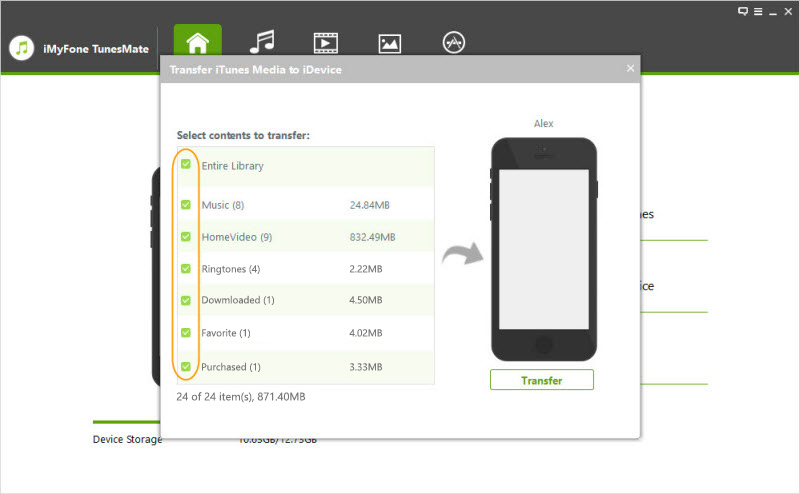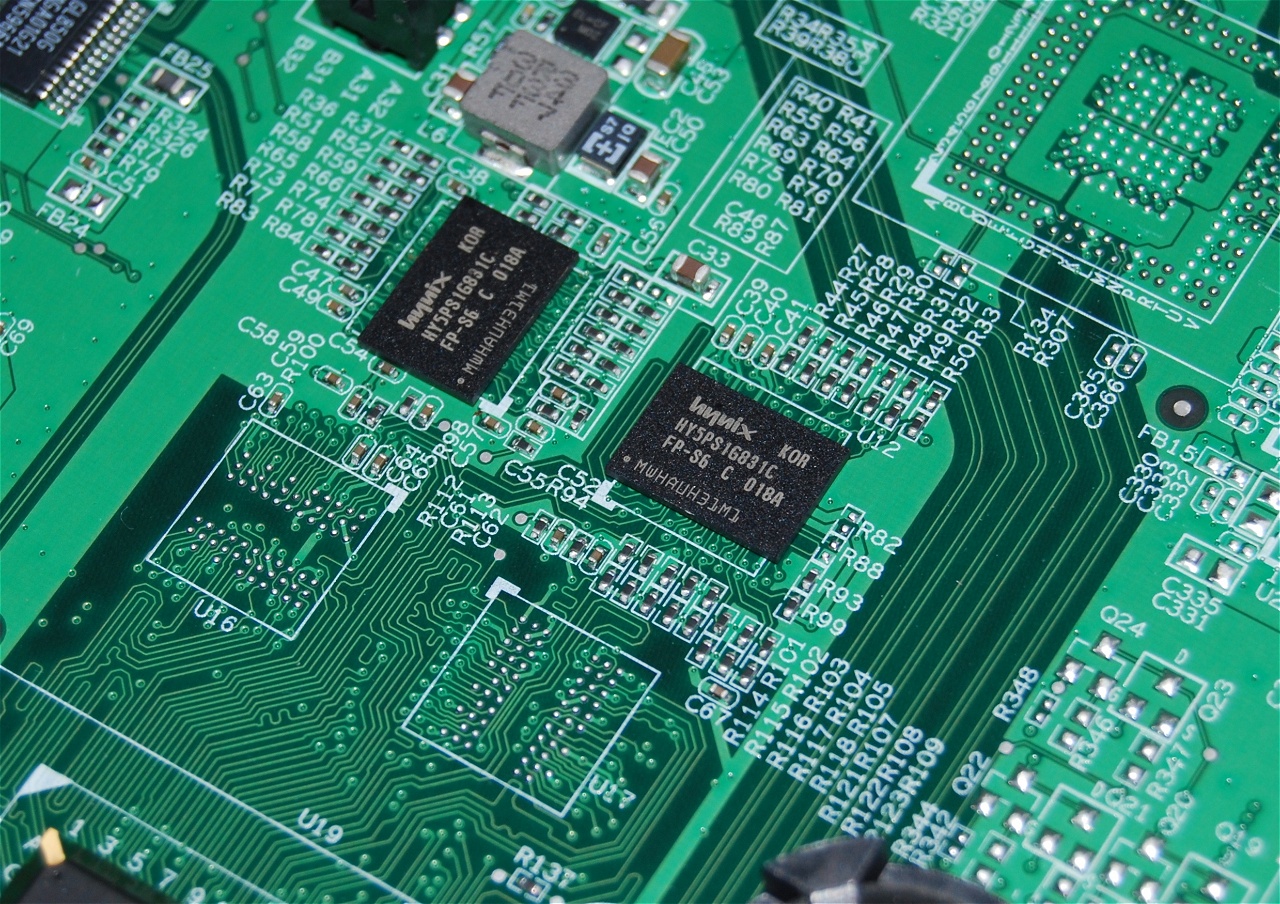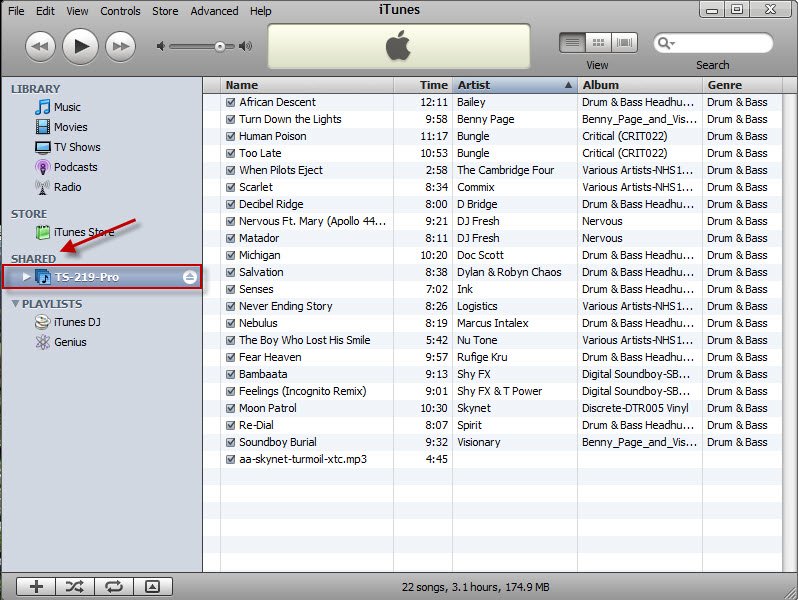

But to avail our fleet of Mac's we bind up an extra networking protocol on the servers, ie AFP, because Mac's find that easier. To give an example, on the Microsoft Servers I look after, the prevailing disc format used is NTFS and when serving files out to other MS boxes we use the (MS) default SMB/CIFS mechanism. The communications protocols (all the SMB/NFS/AFP etc.) effectively masks the underlying storage structure. The format of the volumes on the NAS doesn't matter because your networked clients are accessing the data on a file by file basis so they don't need to have any regard to how the files are actually stored on the discs. * This is also a simplification but I don't want to complicate things too much! A pure router would only have two ports*. For home use, nearly all routers also include a switch - basically, if they have more than one Ethernet port for your home network, then they include a switch. between your network and your Internet service provider).

The router is the technology that manages any connections going in and out of your network (i.e. I use the term "switch" because that's the piece of technology that manages the connections inside your home network. This is how wired connections used to be in the past but nowadays each wired connection is usually (if not always) handled separately by the switch. It's a bit different when you're talking about wireless connections because then all of your wireless devices are sharing the same bandwidth, so the connection speed will also be affected by any other wireless devices that are communicating at the same time. NAS -> switch, and iMac / laptop -> switch). The speed of your connection will largely be governed by the speed of the slower of the two relevant connections (i.e. The switch (which may or may not be the same box as your router) manages each connection separately and will basically operate each connection as fast as possible. The other machines neither know nor care how your NAS will be connected. You'll have to look at your NAS' user guide to see how it achieves that sort of thing. The usually way would be to set up a "credentials" mechanism so that whenever anyone accesses your NAS, they are required to "login" before they can do anything. So, if you open up to the Internet, you need to put safeguards in place to prevent intruders accessing your data. If you're unlucky enough to get "discovered" doubtless the rest of the world will fill you NAS up for you in an instant.
#SUPERSYNC ITUNES MEDIA FOR QNAP FULL#
If you permit full access, then you are also opening things up to the Internet, everyone in the world you will have the same level of access. Now, with that in mind, think about what I said that if you set things up so that you can access it from the Interent, all the world will get access too.


(Which is different from corporate setups where we tend to do it the other way around.) I don't know that device, but usually with "consumer" type equipment, the default is to allow full access and you have to kind of "go out of your way" to create resticted access.
#SUPERSYNC ITUNES MEDIA FOR QNAP MAC OS#
My wireless router is a 2GB Time Capsule connected to a Virgin routerĢ) If the music Files are on the NAS, Should the MAC OS iTunes library be on the NAS or on the iMAC - given quickest operation is keyģ)If iTunes is on the NAS, can this sync with MC18 on the Windows 8 laptop? Can you automate a sync on the laptop so a copy of the music library is situated there - for non-networked access?Ĥ) Which Synology do most use? I currently have circa 2GB of data, which balloons to 5GB given back-ups (the 213j is the cheapest and that can provide up to 8GB?)ĥ) Will the chain of NAS to Time Capsule to Virgin Router enable internet access ex-HomeĦ) Any tips to ensure the set-up will be compliant is I go for a NAIM type streaming player in the future? This would need to harmoniously serve my iMac, Windows 8 laptop, Apple TVs, Oppo 95 etc and enable the Mac to serve my iPad/iPhones. Currently daisy chain various external disc drives to my Mac, including a non-networked Drobo, and am thinking about installing a NAS


 0 kommentar(er)
0 kommentar(er)
